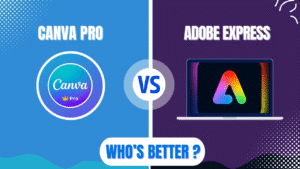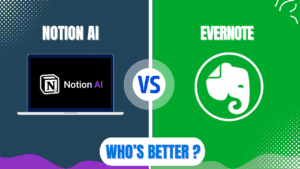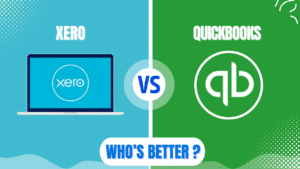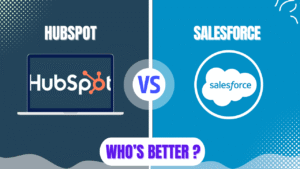I recommend Shopify for most e-commerce entrepreneurs due to its exceptional scalability, user-friendly interface, and comprehensive features that make launching an online store accessible even without technical expertise. Shopify delivers an all-in-one solution with industry-leading checkout conversion rates, robust multi-channel selling capabilities, and excellent mobile optimization. While the platform does have limitations in content marketing tools and can incur additional costs through apps and transaction fees, its strengths in simplicity, reliability, and growth potential outweigh these drawbacks for most online sellers.
Shopify in 2025
Shopify has established itself as a leading e-commerce platform for businesses of all sizes. The company serves millions of merchants worldwide and continues to innovate with AI-powered features and enhanced functionality.
Recent updates in 2025 have improved Shopify’s capabilities with more advanced AI tools for product descriptions, enhanced checkout experiences, and better integration with social commerce platforms. These improvements strengthen its position as a top solution for modern e-commerce businesses.
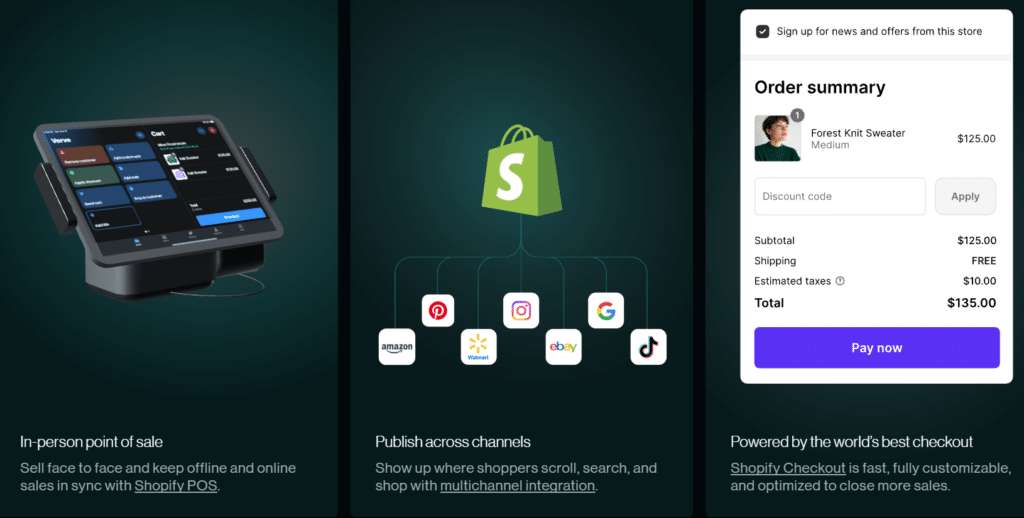
The platform operates on a subscription model with tiered pricing based on business needs and scale. Shopify offers plans ranging from basic options for new entrepreneurs to advanced solutions for high-volume sellers and enterprises.
Shopify’s core philosophy centers around making e-commerce accessible to everyone, regardless of technical background. This approach has made it particularly popular among first-time entrepreneurs and small business owners looking to establish an online presence.
Step 1: Choose the Right Shopify Plan
Shopify offers several pricing tiers designed to accommodate businesses at different stages of growth. The platform provides Basic Shopify, Shopify, and Advanced Shopify plans with increasing features and capabilities.
Basic Shopify serves as the entry-level option for new entrepreneurs. The plan includes essential features like unlimited product listings, 24/7 support, and abandoned cart recovery at approximately $29 per month.
The standard Shopify plan builds upon the Basic offering with additional capabilities. This mid-tier option includes professional reports, lower transaction fees, and up to five staff accounts for around $79 per month.
Advanced Shopify provides more sophisticated tools for established businesses. The plan offers advanced report building, third-party calculated shipping rates, and up to 15 staff accounts for approximately $299 per month.
| Plan | Monthly Price | Features | Best For |
|---|---|---|---|
| Basic Shopify | $29 | Unlimited products, 2 staff accounts, 24/7 support | New entrepreneurs |
| Shopify | $79 | Everything in Basic + professional reports, lower transaction fees, 5 staff accounts | Growing businesses |
| Advanced Shopify | $299 | Everything in Shopify + advanced report builder, third-party calculated shipping rates, 15 staff accounts | Established businesses |
| Shopify Plus | $2,000+ | Enterprise-grade features, customizable checkout, dedicated support | Large enterprises |
The decision should be based on your business size, budget, and specific needs. Most new businesses can start with the Basic plan and upgrade as they grow and require additional features.
Step 2: Secure Your Domain Name
Domain selection represents a crucial branding decision for your e-commerce business. Your domain should be memorable, relevant to your business, and preferably include keywords related to your products.
Shopify offers domain registration directly through the platform for convenience. The service includes privacy protection and automatic domain configuration with your store.
Domain pricing varies based on the extension and availability. Most .com domains cost approximately $14-20 per year through Shopify, with other extensions like .shop or .store sometimes available at lower rates.
Existing domain owners can connect their domains to Shopify instead of purchasing new ones. The platform provides simple instructions for updating DNS settings to point your domain to your Shopify store.
The domain connection process typically takes 24-48 hours to fully propagate across the internet. During this time, your store remains accessible through the default Shopify subdomain (yourstore.myshopify.com).
Step 3: Customize Your Store’s Design
Shopify provides numerous themes to establish your store’s visual identity. The platform offers both free and premium themes designed for different industries and product types.
Theme selection should align with your brand aesthetic and product requirements. Consider factors like layout, navigation style, product display options, and mobile responsiveness when choosing a theme.
The theme customization process uses an intuitive editor that requires no coding knowledge. You can modify colors, fonts, layout elements, and other design aspects through a visual interface.
Advanced customization options exist for those with technical skills. Shopify themes can be further modified using HTML, CSS, and Shopify’s proprietary Liquid templating language if you need highly specific design elements.
Mobile optimization receives automatic attention in all Shopify themes. The platform ensures your store looks and functions well on smartphones and tablets, which is crucial given the high percentage of mobile shoppers in 2025.
| Theme Consideration | Importance | Selection Tip |
|---|---|---|
| Industry Relevance | High | Choose themes designed for your product category |
| Mobile Responsiveness | Critical | Test theme appearance on multiple devices |
| Loading Speed | High | Simpler themes often load faster |
| Customization Options | Medium | Ensure the theme allows modifications you need |
| Price | Variable | Premium themes ($150-350) offer more features |
Step 4: Configure Essential Store Settings
Store setup begins with basic configuration through the Shopify dashboard. You’ll need to enter your business information, payment details, and shipping parameters to establish the foundation of your store.
Payment gateway selection impacts both customer experience and your costs. Shopify Payments (available in 23 countries) eliminates additional transaction fees, while third-party gateways incur a 1-2% fee per transaction.
Shipping settings require careful consideration to balance customer expectations with profitability. Shopify allows for flat-rate shipping, weight-based rates, or real-time carrier calculations depending on your plan.
Tax configuration ensures compliance with local and international regulations. Shopify can automatically calculate taxes based on your location and those of your customers, though you should consult with a tax professional for specific guidance.
Store policies need to be established before launching. Shopify provides templates for refund policies, privacy policies, and terms of service that you can customize to fit your business requirements.
Step 5: Add Products to Your Store
Product creation forms the core of your e-commerce business. Shopify provides a straightforward interface for adding products with detailed information, images, and variants.
Product descriptions benefit from Shopify’s AI tools in 2025. The platform’s Shopify Magic feature can generate compelling product descriptions based on basic information you provide, saving significant time.
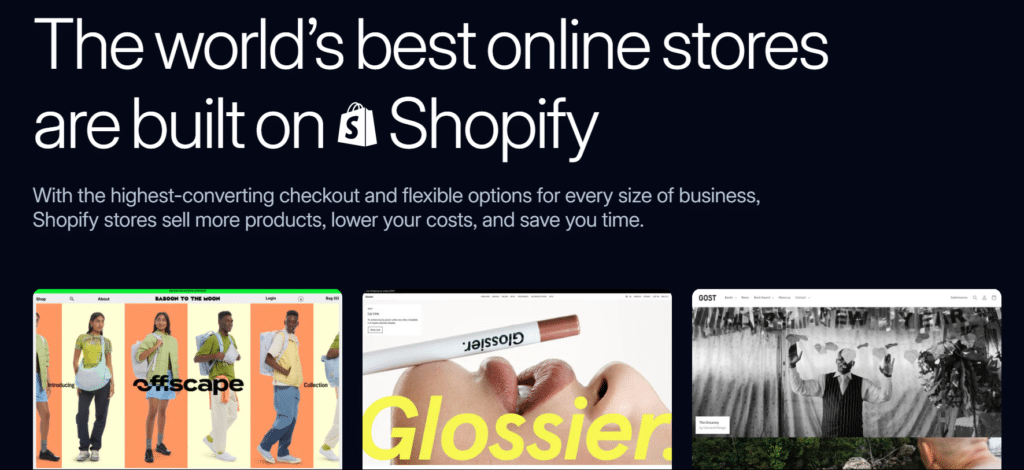
Product organization through collections helps customers find what they’re looking for. You can create manual collections (individually selected products) or automatic collections (based on product tags, price, or other criteria).
Product variants allow you to offer multiple options like different sizes, colors, or materials. Shopify supports up to 100 variants per product, though best practices suggest limiting variants to improve customer experience.
Product photography significantly impacts conversion rates. High-quality, consistent product images from multiple angles help customers make informed purchasing decisions and reduce return rates.
| Product Element | Purpose | Best Practice |
|---|---|---|
| Title | Identification | Include keywords, be specific |
| Description | Information & SEO | Address features, benefits, specifications |
| Images | Visual representation | Use high-quality photos, consistent style |
| Price | Monetary value | Consider psychological pricing strategies |
| Variants | Options | Limit to necessary choices to avoid confusion |
Step 6: Set Up Payment Processing
Payment gateway integration determines how you’ll receive money from customers. Shopify Payments provides the most seamless experience with no additional transaction fees beyond credit card rates.
Alternative payment methods increase conversion rates by accommodating customer preferences. Consider offering PayPal, Apple Pay, Shop Pay, and other popular payment options to maximize sales potential.
Transaction fee considerations impact your profit margins. Using Shopify Payments eliminates Shopify’s additional transaction fee (1-2% depending on plan), while third-party gateways incur this extra cost.
Currency settings become important for international sellers. Shopify allows you to sell in multiple currencies, automatically converting prices based on current exchange rates for a better customer experience.
Payment security receives automatic attention through Shopify’s platform. The system maintains PCI compliance and implements fraud analysis tools to protect both you and your customers.
Step 7: Configure Shipping Options
Shipping strategy significantly impacts both customer satisfaction and your bottom line. Shopify offers flexible shipping options including flat rates, weight-based pricing, and calculated carrier rates.
Shipping zones allow you to set different rates for different geographic areas. This feature helps you manage shipping costs more effectively based on distance and regional carrier pricing.
Fulfillment services integration streamlines order processing. Shopify integrates with major carriers and offers Shopify Fulfillment Network for businesses ready to outsource warehousing and shipping.
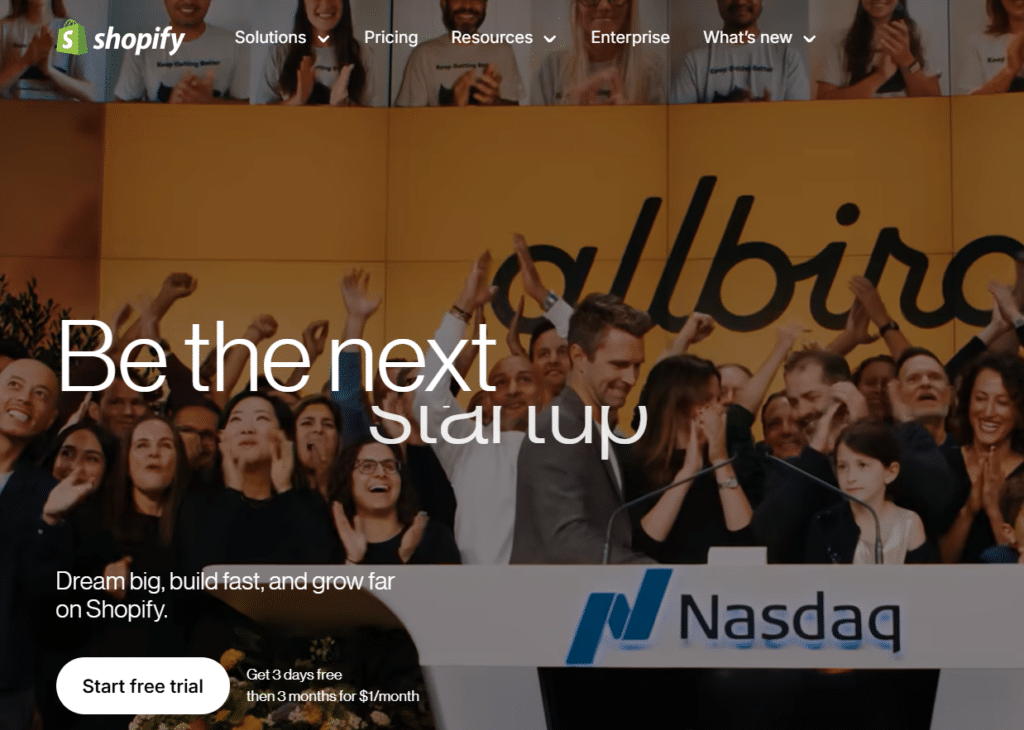
Local delivery and pickup options have become increasingly important. Shopify allows you to offer these alternatives to traditional shipping, which can reduce costs and improve customer experience for nearby shoppers.
Shipping label printing happens directly through Shopify. The platform offers discounted rates with major carriers and simplifies the process of generating shipping labels for your orders.
| Shipping Method | Advantages | Considerations |
|---|---|---|
| Flat Rate | Simple, predictable | May lose money on heavy items |
| Weight-Based | More accurate pricing | Requires weighing all products |
| Calculated Rates | Most accurate | Only on Advanced plan or requires app |
| Free Shipping | Increases conversion | Cost must be absorbed elsewhere |
| Local Delivery | Competitive advantage | Limited geographic reach |
Step 8: Implement Marketing and SEO Basics
Search engine optimization lays the foundation for organic traffic. Shopify includes basic SEO features like customizable title tags, meta descriptions, and URL structures to improve your store’s visibility.
Social media integration connects your store to platforms where customers spend time. Shopify allows for seamless selling on Instagram, Facebook, TikTok, and other social channels directly from your product catalog.
Email marketing automation helps nurture customer relationships. Shopify integrates with email marketing platforms and offers abandoned cart recovery emails to recapture potentially lost sales.
Discount and promotion tools drive conversions and customer acquisition. The platform provides various promotion types including percentage discounts, fixed amount discounts, free shipping, and buy-one-get-one offers.
Analytics implementation helps track performance and make data-driven decisions. Shopify includes built-in analytics and integrates with Google Analytics to provide comprehensive insights into your store’s performance.
Step 9: Install Essential Apps
App selection enhances your store’s functionality beyond Shopify’s core features. The Shopify App Store offers thousands of applications for marketing, sales, inventory, customer service, and other business needs.
Essential apps vary by business type but often include tools for email marketing, SEO, reviews, upselling, and inventory management. These applications extend Shopify’s native capabilities to address specific business requirements.
App costs should be carefully considered in your budget planning. While many apps offer free plans, premium features typically require monthly subscriptions ranging from $5 to $50+ per month per app.
App integration quality impacts your store’s performance and user experience. Choose well-reviewed apps from reputable developers to avoid technical issues or customer experience problems.
App management requires periodic review to optimize costs and performance. Regularly evaluate your installed apps to ensure they continue to provide value and remove those that aren’t delivering results.
| App Category | Purpose | Popular Options |
|---|---|---|
| Marketing | Customer acquisition | Email marketing, social media, SEO tools |
| Sales | Revenue enhancement | Upsell apps, discount managers, abandoned cart |
| Operations | Efficiency improvement | Inventory, shipping, order management |
| Customer Service | Support enhancement | Live chat, help desk, FAQ managers |
| Analytics | Performance tracking | Advanced reporting, heatmaps, conversion tracking |
Step 10: Launch and Growth Strategy
Pre-launch testing ensures everything works properly before going live. Test your checkout process, contact forms, navigation, and mobile experience thoroughly to identify and fix any issues.
Launch promotion planning drives initial traffic and sales. Consider email announcements, social media campaigns, introductory offers, or influencer partnerships to generate buzz around your store opening.
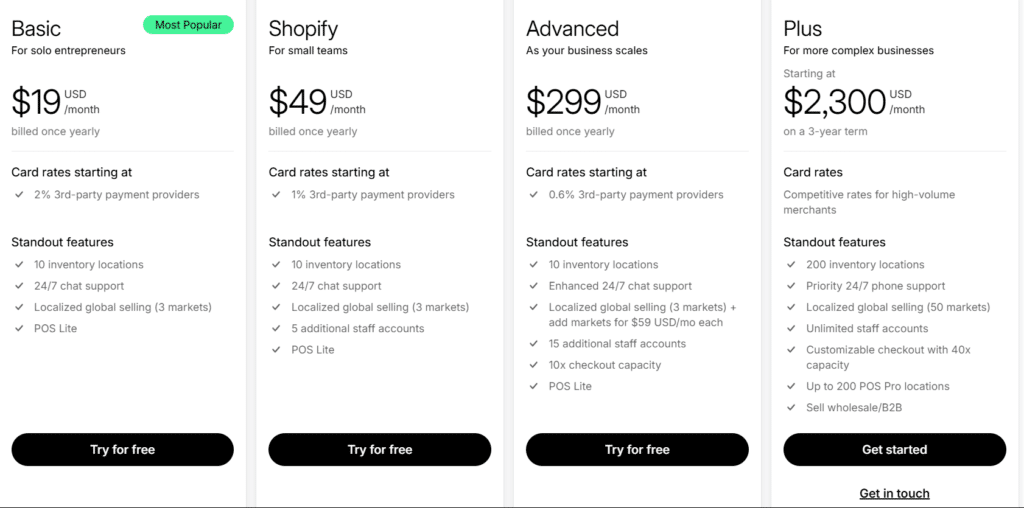
Post-launch optimization focuses on improving based on real customer data. Monitor analytics, gather feedback, and make adjustments to enhance the shopping experience and increase conversion rates.
Scaling strategies prepare your business for growth. Shopify’s tiered plans allow you to easily upgrade as your business expands, with the platform handling increased traffic and transactions seamlessly.
Continuous learning and adaptation remain essential for e-commerce success. Stay informed about industry trends, Shopify updates, and customer preferences to keep your store competitive in the evolving digital marketplace.
Shopify vs. Competitors in 2025
Shopify competes with several other e-commerce platforms, each with distinct advantages and limitations. Understanding these differences helps you confirm whether Shopify is the right choice for your business.
WooCommerce offers greater flexibility and lower initial costs as a WordPress plugin. However, it requires more technical knowledge and separate hosting arrangements compared to Shopify’s all-in-one solution.
BigCommerce provides similar all-in-one functionality to Shopify with no transaction fees. The platform offers more built-in features but has a steeper learning curve and fewer theme options than Shopify.
Wix eCommerce delivers a more intuitive design experience with its drag-and-drop editor. The platform has limitations in scalability and advanced e-commerce features compared to Shopify’s more robust offering.
Squarespace excels in design and content capabilities for visually-focused brands. The platform offers less e-commerce functionality and fewer integration options than Shopify, making it better for content-first businesses with simpler product catalogs.
| Platform | Strengths | Weaknesses | Best For |
|---|---|---|---|
| Shopify | User-friendly, scalable, extensive app ecosystem | Transaction fees with external payment gateways, limited content tools | Most e-commerce businesses, especially those planning to scale |
| WooCommerce | Highly flexible, one-time cost, content capabilities | Technical setup, separate hosting needed, maintenance responsibility | Tech-savvy sellers, content-heavy stores, tight budgets |
| BigCommerce | No transaction fees, built-in features, B2B capabilities | Steeper learning curve, fewer themes, annual sales limits on plans | Feature-focused merchants, B2B sellers |
| Wix eCommerce | Intuitive design, all-in-one solution, beginner-friendly | Limited scalability, fewer integrations, less advanced features | Small stores, visual brands, beginners |
| Squarespace | Beautiful templates, content focus, integrated solution | Limited product variants, fewer apps, less customization | Content-first brands, visual businesses |
Overcoming Common Shopify Challenges
Cost management requires strategic planning to avoid unexpected expenses. Budget for your subscription, theme, essential apps, and potential transaction fees to maintain profitability.
Theme customization limitations can be addressed through apps or developer assistance. While basic customization is straightforward, more unique designs may require technical expertise or premium themes.
Content marketing constraints impact stores focused on content-driven strategies. Consider integrating a separate blog platform or utilizing Shopify’s basic blogging functionality with third-party enhancements.
App dependency represents a common challenge for Shopify merchants. Carefully evaluate which features truly require additional apps to avoid unnecessary complexity and costs in your store operations.
Transaction fees with external payment processors affect your margins. When possible, use Shopify Payments to eliminate these additional fees, or factor them into your product pricing if using alternative payment gateways.
My Opinion on Shopify in 2025
After thoroughly analyzing Shopify’s features, capabilities, and user experiences in 2025, I believe the platform represents an excellent choice for most e-commerce entrepreneurs. The combination of user-friendly interface, robust features, and scalability creates a compelling package for businesses looking to establish and grow their online presence.
Shopify’s greatest strengths include its exceptional ease of use, comprehensive feature set, and ability to scale with your business. The platform allows anyone to launch a professional online store without technical expertise, while providing the advanced capabilities needed as your business grows.
The introduction of AI-powered tools like Shopify Magic in recent updates provides significant value through automated content generation and optimization. These features help merchants create compelling product descriptions and marketing content without specialized writing skills.
For growing businesses, Shopify’s scalable infrastructure and tiered plans provide a clear path forward. The platform can comfortably handle everything from a few sales per month to thousands of daily transactions without performance issues.
The main limitations include the additional costs beyond the subscription fee and some constraints in content marketing and customization. Businesses should carefully budget for apps, premium themes, and potential transaction fees when planning their Shopify store.
Overall, Shopify delivers exceptional value through its combination of accessibility, functionality, and reliability. For most e-commerce businesses, the platform provides all the essential tools needed to succeed in the competitive online marketplace of 2025.
FAQ
Q: How much does it cost to set up a Shopify store in 2025?
A: Setting up a Shopify store in 2025 involves several cost components. The basic subscription starts at $29 per month, with higher tiers at $79 and $299 monthly. Beyond the subscription, you’ll need to budget for a domain name ($14-20 annually), a theme (free options available, premium themes $150-350 one-time), essential apps ($0-100+ monthly depending on needs), and potential transaction fees (0% with Shopify Payments, 1-2% with external payment processors). For a typical new store, expect minimum costs of approximately $50-100 per month including the basic subscription and a few essential apps, with additional one-time costs for domain and theme.
Q: Is Shopify suitable for beginners with no technical experience?
A: Yes, Shopify is exceptionally well-suited for beginners with no technical experience. The platform offers an intuitive interface with drag-and-drop functionality for store design, simple product upload processes, and guided setup procedures. Shopify’s themes allow for customization without coding knowledge, and the dashboard presents information in a clear, accessible format. While mastering all features may take time, most users can create a professional-looking store within days of starting. Shopify also provides extensive documentation, tutorial videos, and 24/7 customer support to help beginners navigate any challenges they encounter during setup and operation.
Q: How does Shopify handle shipping and inventory management?
A: Shopify provides comprehensive tools for both shipping and inventory management. For shipping, the platform offers flexible options including flat rates, weight-based pricing, and real-time carrier calculations. Shopify Shipping provides discounted rates with major carriers and simplifies label printing directly from your dashboard. The platform also supports local delivery and pickup options. For inventory, Shopify automatically tracks stock levels as orders are placed, supports multiple locations, allows for SKU and barcode assignment, and can send low stock notifications. More advanced inventory needs may require additional apps, but the core functionality satisfies requirements for most small to medium-sized businesses.
Q: What payment options can I offer in my Shopify store?
A: Shopify supports a wide range of payment options to maximize conversion potential. Shopify Payments (powered by Stripe) serves as the native payment processor, accepting all major credit cards without additional transaction fees beyond standard credit card rates. The platform also supports alternative payment methods including PayPal, Apple Pay, Google Pay, Shop Pay (Shopify’s accelerated checkout), and various buy-now-pay-later options like Klarna and Affirm. For international sellers, Shopify can display prices in multiple currencies and accept payments in over 133 currencies. Using Shopify Payments eliminates the additional 1-2% transaction fee charged when using third-party payment processors.
Q: Can I sell on social media platforms through my Shopify store?
A: Yes, Shopify excels at multi-channel selling, including social media integration. The platform offers native integrations with major social platforms including Facebook, Instagram, TikTok, and Pinterest, allowing you to sync your product catalog and sell directly through these channels. Customers can discover and purchase your products without leaving their preferred social media platform, while you manage all orders, inventory, and fulfillment from your Shopify dashboard. This omnichannel approach helps you reach customers where they spend time online and provides a seamless shopping experience across platforms, potentially increasing your reach and sales significantly.
Q: What are the limitations of using Shopify for e-commerce?
A: Despite its strengths, Shopify has several notable limitations. Content marketing capabilities are restricted, with basic blogging functionality that lacks advanced features found on platforms like WordPress. Customization can be limited without coding knowledge, particularly for unique store designs or checkout processes (advanced checkout customization requires Shopify Plus at $2,000+ monthly). Costs can accumulate quickly through essential apps, as many advanced features require additional monthly subscriptions. Transaction fees apply when using payment processors other than Shopify Payments, which itself is unavailable in many countries and for certain product categories. Finally, while Shopify offers 13 free themes, this represents limited design variety compared to other platforms, potentially requiring investment in premium themes to achieve a unique store appearance.
Q: How scalable is Shopify for growing businesses?
A: Shopify offers excellent scalability for growing businesses, making it a future-proof choice for e-commerce entrepreneurs. The platform’s infrastructure easily handles increasing traffic and transaction volumes without performance degradation, from a few sales to thousands daily. As businesses grow, they can upgrade through Shopify’s tiered plans to access more advanced features, higher staff accounts, and lower transaction fees. For enterprise-level needs, Shopify Plus provides advanced capabilities including customizable checkout, higher API call limits, and dedicated support. The platform’s app ecosystem allows businesses to add functionality as needed without changing platforms. This scalability makes Shopify suitable for businesses at all stages, from startups to established enterprises processing millions in sales.

